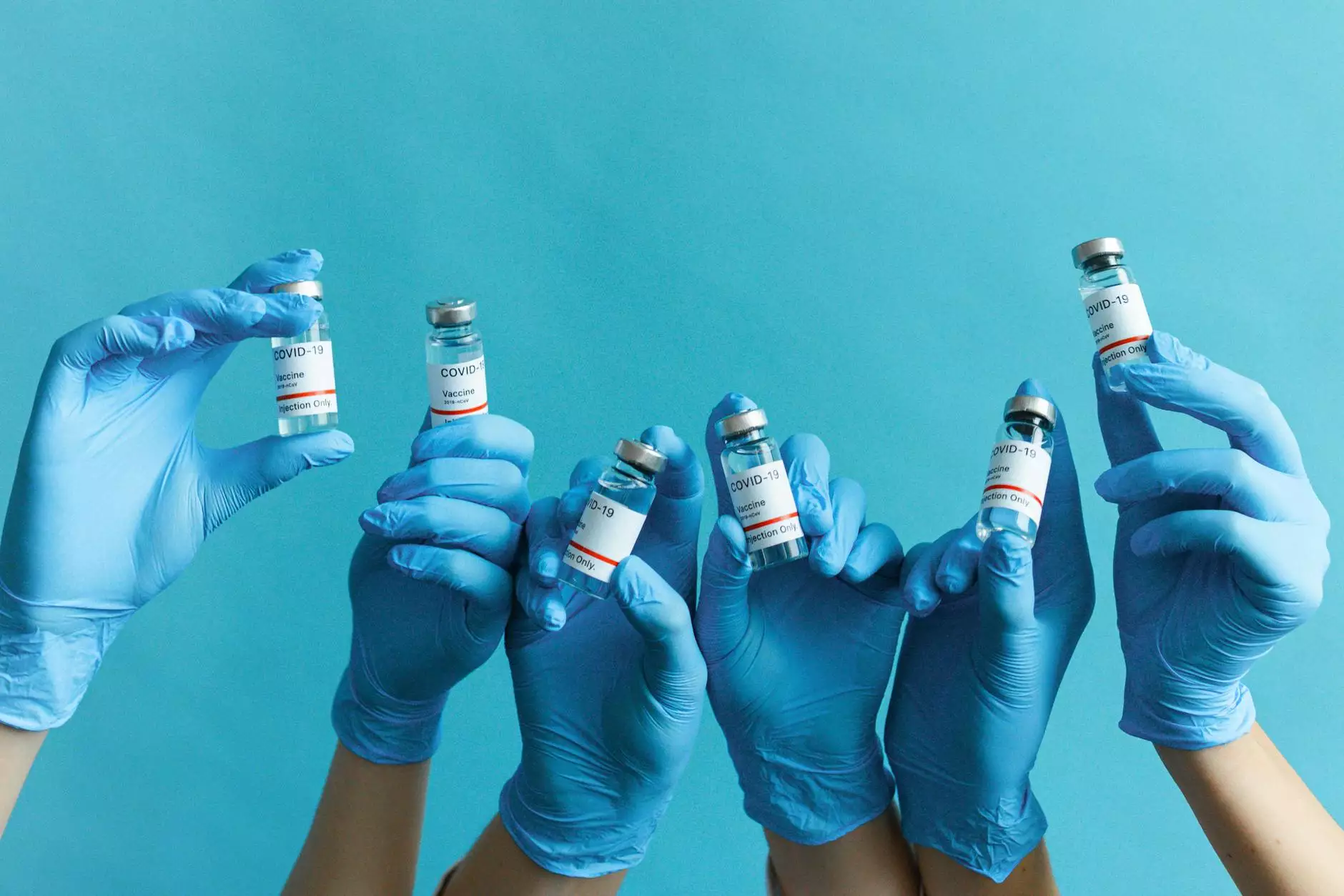Rabies Information

What is Rabies?
Rabies is a deadly viral infection that affects the nervous system of mammals, including humans. It is primarily transmitted through the bite or scratch of an infected animal. The rabies virus belongs to the Rhabdoviridae family and is found in the saliva and nervous tissue of infected animals.
Symptoms of Rabies
The symptoms of rabies can vary depending on the stage of infection. In the initial stage, individuals may experience flu-like symptoms, such as fever, headache, and fatigue. As the infection progresses, more specific symptoms may appear, including:
- Agitation and anxiety
- Difficulty swallowing
- Hallucinations
- Hydrophobia (fear of water)
- Partial paralysis
- Seizures
If left untreated, rabies can be fatal. It is important to seek medical attention immediately if you suspect you have been exposed to the rabies virus.
Prevention of Rabies
Preventing rabies begins with responsible pet ownership. Vaccinating your pets against rabies is essential to protect them from the virus and prevent the spread of the disease. Additionally, it is important to avoid contact with wild animals as they can carry the rabies virus.
Here are some key preventive measures:
- Ensure that your pets are up-to-date with their rabies vaccinations.
- Keep your pets securely confined to prevent them from coming into contact with potentially infected animals.
- Avoid approaching or attempting to handle wild animals, especially if they appear sick or aggressive.
- Teach children to stay away from unfamiliar animals, stray cats, and dogs.
- Consult with a veterinarian if you suspect any exposure or abnormal behavior in your pets.
Treatment for Rabies
There is currently no cure for rabies once symptoms appear. However, immediate medical treatment can prevent the virus from progressing. If you have been bitten or scratched by an animal, it is crucial to seek medical attention right away.
Treatment for rabies exposure typically involves:
- Cleaning and washing the wound with soap and water
- Administration of rabies immunoglobulin (RIG) to provide immediate protection
- Administration of a series of rabies vaccine shots to enhance the immune response and prevent the virus from spreading
Even if you have received pre-exposure vaccination, it is essential to seek medical attention for post-exposure treatment.
Rabies and Pets
Pets, especially dogs and cats, can be at risk of contracting rabies if they come into contact with infected animals. Protecting your pets from rabies involves:
- Keeping their vaccinations up-to-date
- Preventing contact with wild animals
- Supervising outdoor activities to avoid potential exposure
- Seeking immediate veterinary attention if you suspect your pet may have been bitten or scratched by an animal carrying rabies
Conclusion
Rabies is a serious and potentially fatal viral infection that affects animals and humans. Understanding the symptoms, preventive measures, and treatment options is crucial for safeguarding yourself and your pets. Remember to consult with a healthcare professional or a veterinarian if you have any concerns or suspect exposure to rabies.




